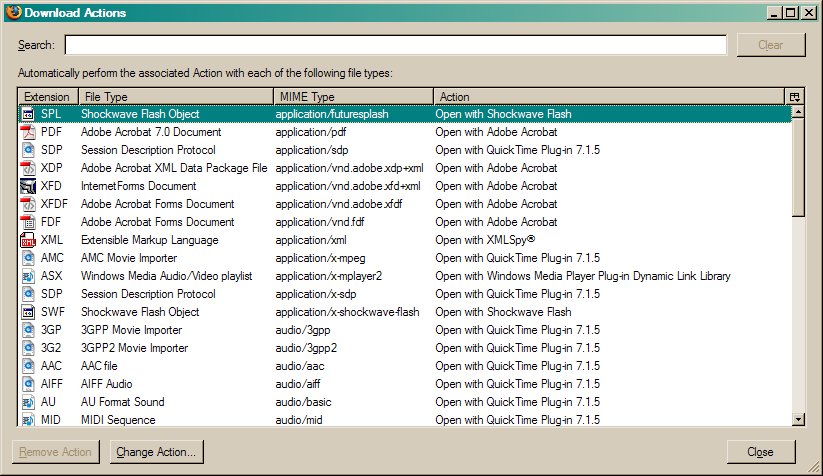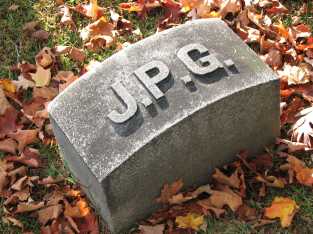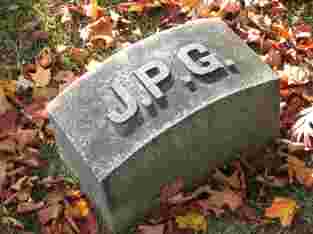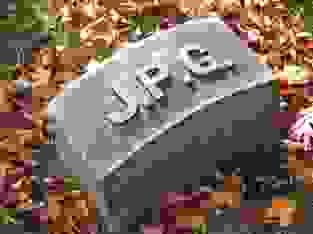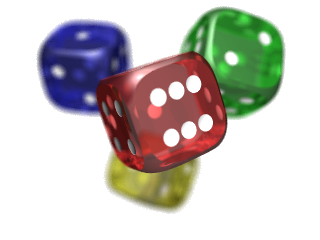(2) Abstract
One of the most important aspect of computer-based communications is the concept of media types, the question what type of information some digital artifact represents, and how it is encoded. The most common standard for this information is the scheme introduced by Multipurpose Internet Mail Extensions (MIME). Media types can be negotiated by peers communicating through HTTP. Some media types allow fragment identifiers, which allow references to a resource to identify a fragment of the complete resource.
(4) Unix File Type Handling
image/bmp bmp
image/cgm
image/g3fax
image/gif gif
image/ief ief
image/jpeg jpeg jpg jpe
image/naplps
image/png png
image/prs.btif
image/prs.pti
image/tiff tiff tif
0 string P1 image/x-portable-bitmap
0 string P2 image/x-portable-graymap
0 string P3 image/x-portable-pixmap
0 string P4 image/x-portable-bitmap
0 string P5 image/x-portable-graymap
0 string P6 image/x-portable-pixmap
0 string IIN1 image/tiff
0 string MM\x00\x2a image/tiff
0 string II\x2a\x00 image/tiff
0 string \x89PNG image/x-png
1 string PNG image/x-png
0 string GIF8 image/gif
![]() [http://creativecommons.org/licenses/by/3.0/]
[http://creativecommons.org/licenses/by/3.0/]
